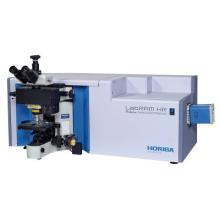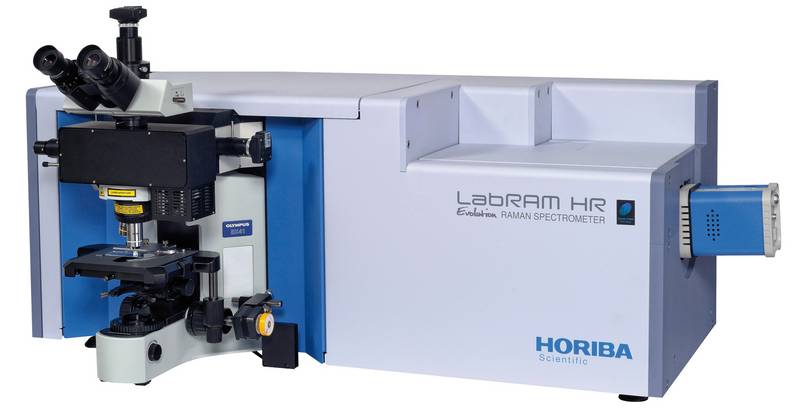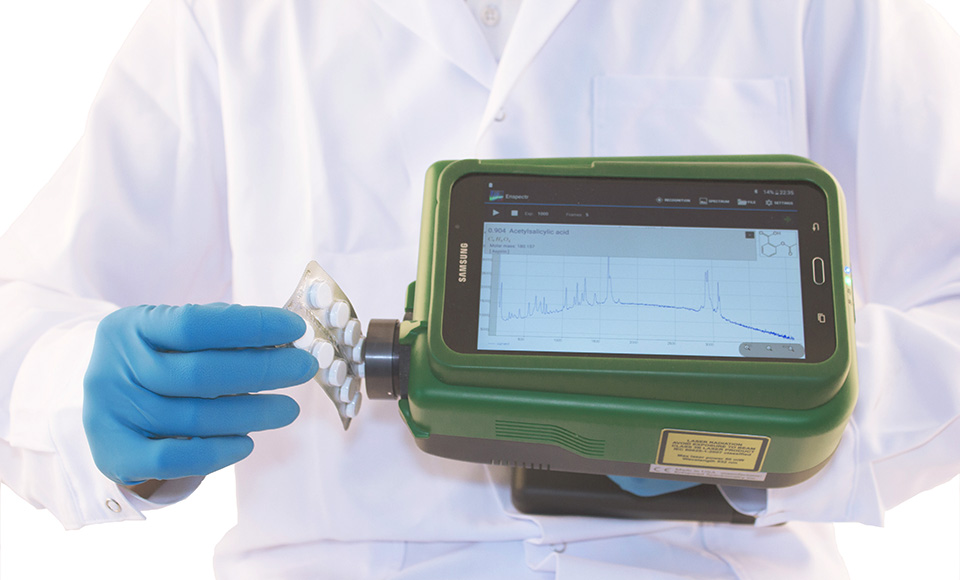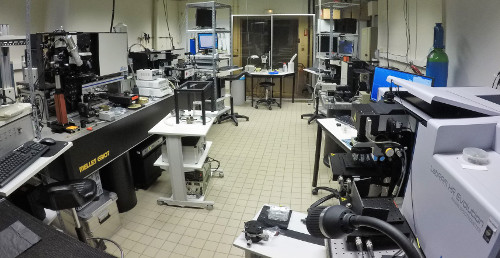
The ENS de Lyon is equipped with a micro-Raman spectrometry platform in the laboratory known as the LGL-TPE (Lyon Geology Laboratory – Earth, Planets and Environment) and is certified by the French Institute of Sciences of the Universe (INSU).


This fleet of instruments includes 4 LabRam HR800 from the company Horiba Scientific and a field instrument (RaPort by EnSpectr). The wavelengths of the light sources used are: 244 nm, 248 nm, 514 nm, 532 nm, 568 nm, 633 nm, 647 nm, and 785 nm. The latest acquisition of the laboratory is a LabRam HR evolution equipped with the latest Raman imaging tools. One of its spectrometers is an original and rare device in France that has enabled scientists to take the first measurements in high-pressure or very high-temperature UV resonant Raman in situ. These instruments attract researchers from the INSU but also solid-state physicists, chemists and biologists.
 Analysis in Raman micro-spectrometry is based on the diffusion of light by matter (gas, liquid or solid). It is non-destructive, and the probe is microscopic. The analysis is easy to implement (little preparation of samples required) and is often carried out upstream of a complete chain of analyses (IR, MEB, DRX, ICP-MS…).
Analysis in Raman micro-spectrometry is based on the diffusion of light by matter (gas, liquid or solid). It is non-destructive, and the probe is microscopic. The analysis is easy to implement (little preparation of samples required) and is often carried out upstream of a complete chain of analyses (IR, MEB, DRX, ICP-MS…).
Requests for analyses should be sent to raman [at] geologie-lyon.fr, who will forward, if necessary, an experiment project form to be filled in by the applicants.
The equipment is provided through a system of credits for specific projects.
Research contracts, through their use rate, an endowment from INSU and provision of services, contribute to the running of this platform.






